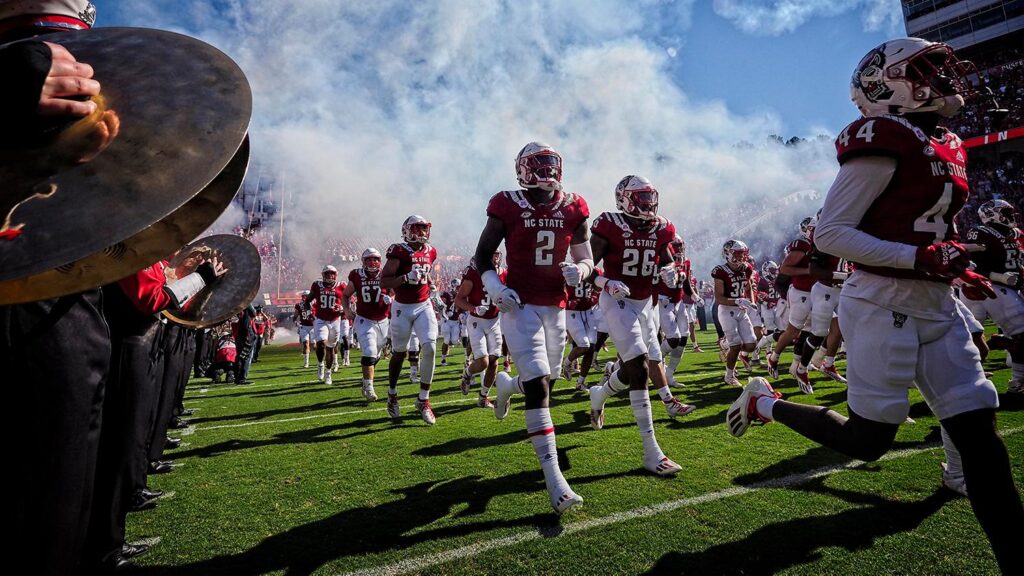As summer draws to a close, questions linger over the state of college sports after a season unlike any other. From postponed tournaments and shifting schedules to evolving safety protocols and emerging athlete stories, the landscape of collegiate athletics has undergone significant changes these past few months. In this article, The Daily Nebraskan takes a comprehensive look at what happened to college sports this summer, exploring the challenges faced, adaptations made, and what lies ahead for student-athletes and programs nationwide.
College Sports Face Unprecedented Challenges Amid Pandemic Recovery
As college sports strive to regain momentum, many programs are grappling with lingering effects from the pandemic. Athletic departments face significant hurdles, including disrupted training schedules, recruitment delays, and fluctuating budgets. These challenges have forced coaches and athletes alike to adapt to a constantly shifting environment, with many teams still struggling to recapture pre-pandemic performance levels. The summer months, usually a period of growth and preparation, have instead been marked by uncertainty and logistical complexities.
Several critical factors have contributed to the current state of college sports recovery:
- Financial strains: Reduced ticket sales and sponsorships have tightened budgets.
- Health protocols: Ongoing testing and quarantine requirements impact practice consistency.
- Transfer surges: Increased athlete movement has disrupted team chemistry.
- Facility access: Limited access to training venues has hindered athlete development.
| Sport | Spring 2024 Enrollment | Budget Change | Practice Hours Lost |
|---|---|---|---|
| Football | 1,200 | -12% | 15 |
| Basketball | 850 | -8% | 10 |
| Track & Field | 600 | -5% | 7 |
Athlete Transfers Surge as NCAA Adjusts Eligibility Rules
As the NCAA revised its eligibility regulations this summer, college sports witnessed an unprecedented spike in athlete transfers across all divisions. The new rules, which provide greater flexibility for athletes to switch programs without penalty, have fundamentally shifted the landscape of college recruiting and team compositions. Coaches are now facing a fast-moving transfer market where player retention is more challenging than ever, and athletes are taking advantage of the expanded opportunities to find better fits for both athletic and academic ambitions.
Key factors fueling the surge include:
- Easier access to transfer portals with minimal waiting periods
- Increased communication channels between athletes and prospective programs
- Enhanced athlete empowerment to control their career trajectory
- Financial incentives and NIL (Name, Image, Likeness) deals influencing decisions
| Sport | Transfers This Summer | Avg. Transfer Age |
|---|---|---|
| Football | 1,200+ | 20.5 |
| Basketball | 850+ | 20.0 |
| Soccer | 500+ | 19.8 |
Experts Recommend Enhanced Mental Health Support and Financial Transparency for Programs
In the wake of rising concerns about athlete well-being, mental health professionals and sports administrators alike are urging for an overhaul in the way college programs handle psychological support. Experts emphasize the need for readily accessible counseling services, stress management workshops, and wellness resources tailored specifically to the unique pressures faced by college athletes. This call comes amid growing evidence that mental health challenges have intensified during the off-season, exacerbated by uncertainties around scholarships, injuries, and future career prospects. Stakeholders argue that without a standardized support framework, programs risk jeopardizing both athlete performance and personal development.
Alongside mental health advocacy, transparency in financial operations within college sports has become a focal point of the discussion. Demands for clearer reporting on budget allocations, scholarship distributions, and revenue generation have intensified, with many advocating for public annual disclosures. To illustrate, here’s a simplified breakdown showcasing how funds were directed in select programs this summer:
| Program Area | Allocation (%) |
|---|---|
| Mental Health Services | 18% |
| Scholarship Funds | 35% |
| Training & Equipment | 22% |
| Administrative Costs | 15% |
| Community Outreach | 10% |
- Calls for accountability: Transparent disclosures could rebuild trust among athletes, alumni, and fans.
- Improved resource allocation: Prioritizing mental health and financial clarity could redefine program success metrics.
- Enhanced athlete retention: Supportive environments are key to keeping talent engaged and motivated.
Wrapping Up
As the summer months wind down, the shifting landscape of college sports has become increasingly apparent. From unexpected cancellations and adjustments in schedules to emerging trends in athlete training and recruitment, this summer has underscored both the challenges and resilience within collegiate athletics. Moving forward, stakeholders will need to stay adaptable as the ripple effects of these changes continue to influence the upcoming seasons. The Daily Nebraskan will keep you informed on all developments as college sports strive to regain momentum in the months ahead.
